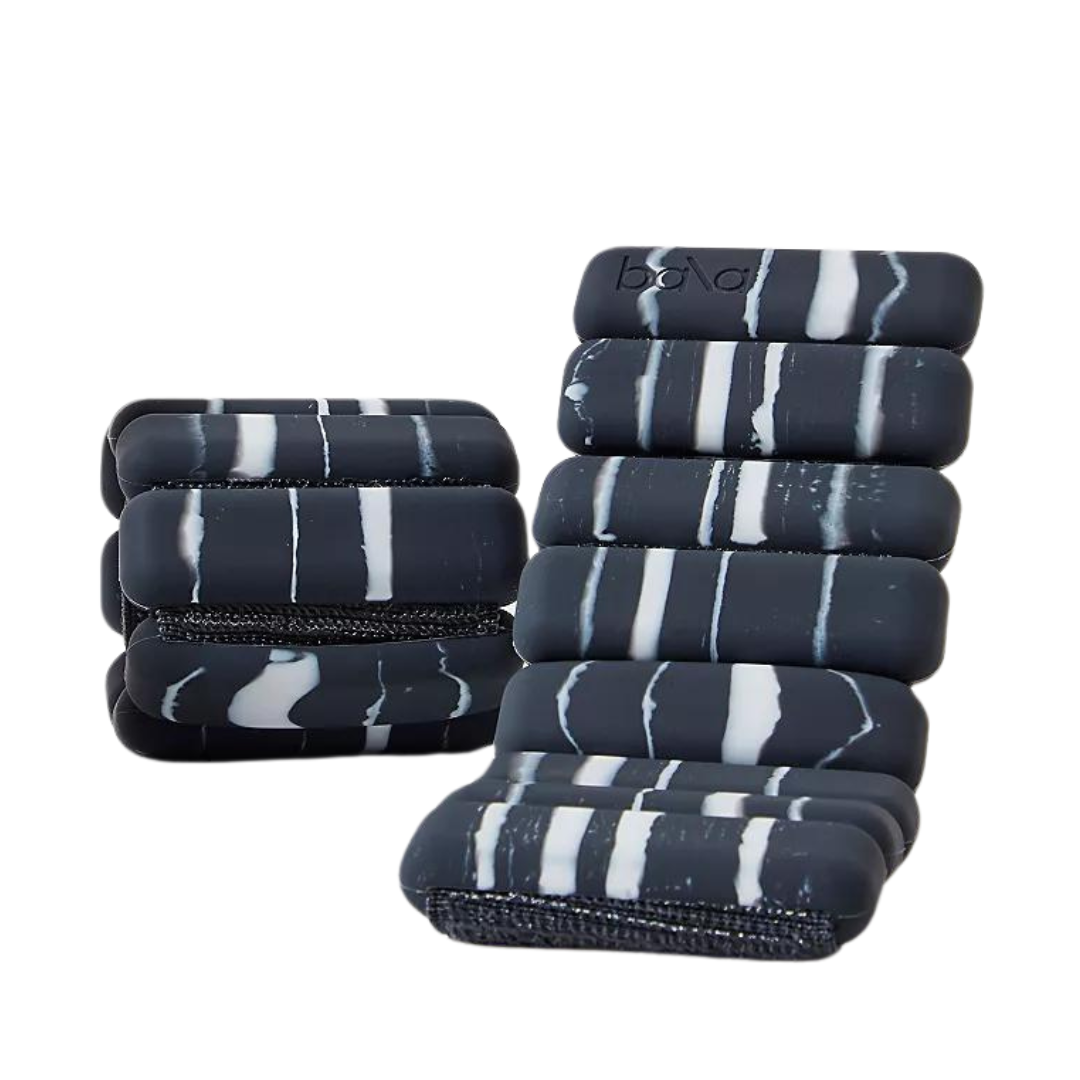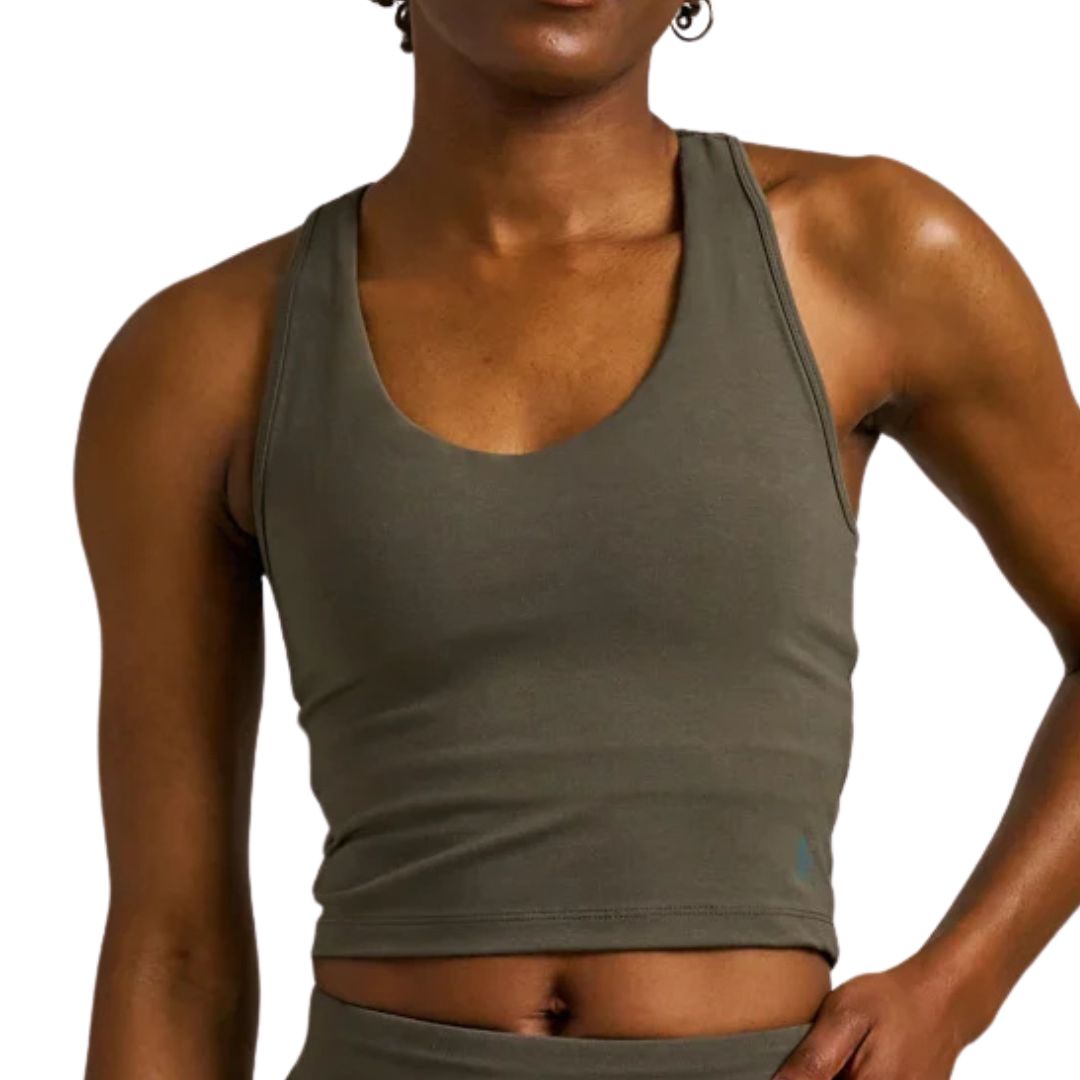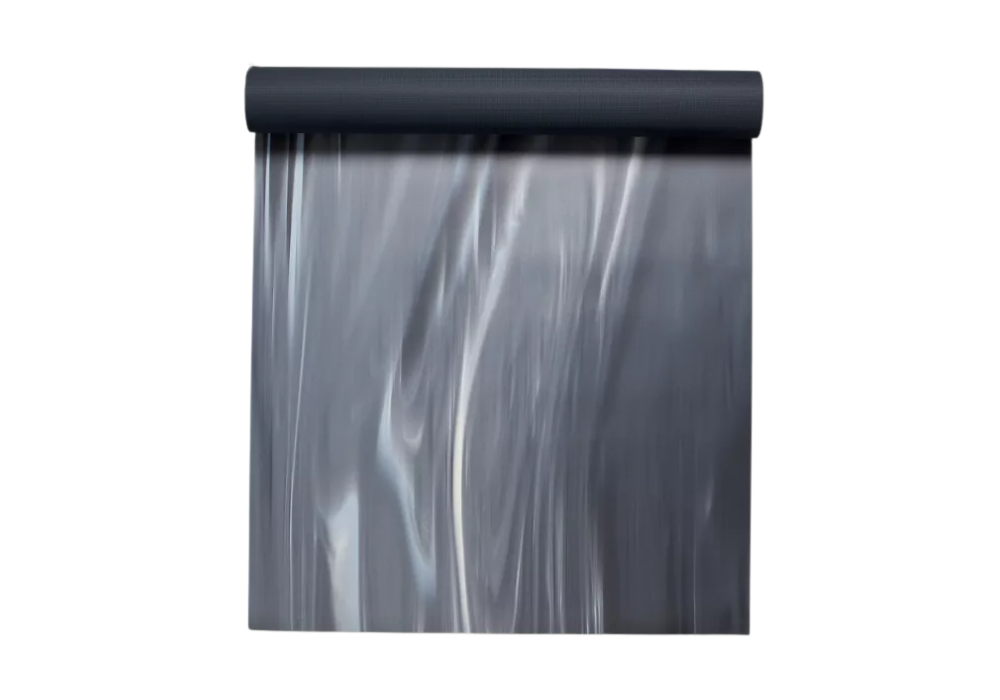Keen to hunker down while getting strong? Pros agree: these are the best at-home strength training workouts of all time
Stay home, get strong.


It's official: autumn has arrived. The mornings and evenings are darker, the temperature has dipped, and the streets are slick with that seasonal mix of fallen leaves and drizzle. So it's no surprise, then, that many of us are struggling to motivate ourselves to leave the sofa to workout. Hunkering down under a blanket (preferably weighted) seems way more appealing than braving the elements RN, right? But introverts and fair-weather exercisers, rejoice: because at-home strength training workouts could be the answer to your autumnal workout woes.
Our penchant for a good home workout is showing no sign of waning, with consumer research showing that over 58% of respondents choose to workout at home over outside or the gym. And with more platforms than ever offering online memberships, home strength training workouts are a great option, regardless of the weather.
"Strength training at home is beneficial for people of all ages and fitness levels," notes personal trainer Emma McCaffrey. "It offers a multitude of benefits for both physical and mental wellbeing, as well as being accessible, cost-effective and convenient."
Plus, strength training - also known as weight training - is one of the best workouts you can do not only for building muscle, but future-proofing your body from injury, too. Yep - the benefits of strength training really do go on and on.
Not sure what strength training is? In its most basic format, it's any type of sweat session that challenges - and in turn, improves - your muscle strength and/or makes your muscles work against some kind of force, like a dumbbell or resistance band. There are loads of different types, too - from low impact strength training, to functional strength training, to low-intensity strength training, there's an option for everyone and every fitness level.
Keep scrolling to discover the best at-home strength training workouts of all time, according to top personal trainers - and, if strength training ticks all of your boxes, you might be interested to read our guides to strength training exercises, plus find out how MC UK's Health Editor Ally Head got on when she strength trained at home for 30 minutes every week, here.
Experts confirm: these are the best at home strength workouts of all time
What is at home strength training?
We get it, fitness jargon can be confusing, so allow us to simplify things (for all our sakes). If you're wondering what classifies at at home strength training, you can relax - it's surprisingly simple.
Celebrity news, beauty, fashion advice, and fascinating features, delivered straight to your inbox!
"Strength training is any activity that makes your muscles work harder than usual," explains PT and founder of LDNMumsFitness, Sarah Campus. "Many strength training exercises can be done in the comfort and privacy of your home, using just your body weight or basic, low-cost equipment as resistance bands or weights such as dumbbells, or anything that applies load to your body."
Think bodyweight push ups, plank or lunges - and, grab a couple of cans of beans and you've got yourself some weights, too. So far, so simple, right?
Who is at-home strength training best for?
And the good news just keeps on coming: at home strength training is brilliant for pretty much every single one of us.
"At home strength training is suitable for everybody," advises personal trainer Beth Davies, "but it's especially great for beginners who want to ease themselves into strength training and/or those who feel more comfortable in familiar surroundings (no gymtimidation!) as well as busy individuals who struggle to carve out time to go to the gym, or those working unsociable hours when a gym might be closed."
Additionally, given the current cost of living crisis, many of us can't afford to shell out obscene amounts for gym memberships or fancy equipment, but still want to get stronger and fitter.
What are the benefits of at-home strength training?
There are a myriad of benefits to the humble at-home strength training workout, spanning both mental and physical gains. Not only is strength training a science-backed way to boost strength, muscle and bone density (particularly important for perimenopausal women), but it's also known to be a great all-around workout for reducing the risk of injury and boosting metabolism, too.
And if your goal is improving overall health and wellbeing, strength training is a great place to start. "Several studies have suggested that strength training may assist in the prevention of two common lifestyle-based conditions, type 2 diabetes and sarcopenia (muscle wastage)," sports scientist, personal trainer and co-founder of Onetrack Club, Anthony Fletcher, tells Marie Claire UK. "It also has proven positive effects on resting blood pressure, cholesterol, bone density and can help to prevent falls in later life."
But there's an additional layer of benefit to strength training at home: convenience. "Lack of time is one of the most frequently reported barriers to exercise and/or physical activity, whether it be due to work or family commitments," notes Onetrack Club's head of strength and conditioning, Nakul Kumar. "Home workouts allow for a lot more flexibility and can be a great way to get in a quick workout, no matter how pushed you are for time."
Can we strength train effectively at-home?
Now for the million-dollar question: is an at-home workout really going to cut it when it comes to gaining strength?
In short, yes - with some caveats. "Strength training at home can absolutely be highly effective," assures McCaffrey. "With the right equipment and a consistent routine, you can achieve significant results from home. Strength training is crucial for women of all ages, especially as we age - it's never too early or late to start and make a beneficial impact."
However, there is some debate over whether you'll be able to progress in the same way at home as you would in a gym or studio - and this will largely depend on what equipment you have access to at home, in order to facilitate what's known as progressive overload.
"Any exercise is always going to be better than no exercise at all, and home workouts can be a good place to start for someone new to training," says Kumar. "To see noticeable gains in strength training, we’re looking to increase muscle mass, improve bone mineral density, build stronger joints, as well as improve qualities like strength and power output - and in order to achieve this, you'll need to start lifting heavier as you progress (progressive overload), meaning the overall long-term gains that can be made will be limited by the load/weights you have access to at home."
What is the most effective strength training workout?
That said, it is entirely possible to create an at home strength based workout that challenges your body.
In essence, what you're looking for in a strength workout is a mix of exercises based on the "big four" strength training moves: an upper body push, an upper body pull, a lower body squat, and a lower body hinge.
Add in some heavy loads and some plyometrics (rapid, powerful and explosive moves that recruit multiple muscle groups - think jump squats, mountain climbers, burpess and so on) and you've got yourself a nicely balanced full-body burn.
But don't forget, the most effective workout is always the one you'll actually do: there's no point crafting a meticulous strength circuit if you only do it once a month - consistency trumps pretty much everything when it comes to getting stronger.
"In my opinion, the most effective training programme is one that fits into your schedule/daily routine and allows you to stay consistent with your training," agrees Kumar. "Consistency and training intensity will be the most relevant factors influencing the magnitude of training-related improvements."
How long should we be spending strength training at home?
Similarly, you might be wondering how much time you're going to need to invest in getting strong, and the answer is - it depends.
"This is something that is hard to generalize because it is always going to be dictated by context - individual capabilities, goals, equipment, time available and training age," agrees Kumar.
We've said it before, and we'll say it again: something is always better than nothing when it comes to working out, so our advice is always not to get too hung up on time.
9 best at home strength workouts of all time, according to PTs
1. The 21-15-9 workout
What? A full-body workout cycling through standard strength moves such as squats and burpes for repititions of - you've guessed it - 21 reps, 15 reps and nine reps.
Why? "This is an effective, quick and intense workout, great if you don’t have much time," says Davies.
How long? It couldn't be quicker: just five minutes for one round.
2. Bodyweight squats workout
What? A classic strength training move, the humble squat has so many benefits. Focus on proper form - don't let your knees move over your toes, and send your bottom back, as though you're hovering over a loo seat.
Why? "The squat is a classic exercise that targets your legs, glutes, and core," says McCaffrey. "Squats are a great compound movement that works multiple muscle groups simultaneously, meaning you're getting bang for your buck."
How long? Aim for 10 to 20 reps, building up to however many you can manage while still maintaining your form.
3. Push up workout
What? You can't go wrong with this all-time favourite move. Concentrate on using your core to help push yourself up - and, if your technique is patchy, modify to your knees.
Why? "A challenging exercise that targets your chest, shoulders, triceps, and core," notes McCaffery. "If you're a beginner, you can modify push-ups by doing them on your knees."
How long? Try five to 10 reps.
4. Deadlift workout
What? An innate human movement pattern, a deadlift essentially means hinging from the hip to pick up a weight from the floor.
Why? Also known as a hip hinge, the deadlift is one of our most essential functional movements, working the entire body. Plus, you can progressively overload the move simply by adding weights.
How long? Aim for six to eight reps, less if you're lifting heavy.
5. Lunge workout
What? A powerful lower body exercise, the lunge may look simple, but it really packs a punch. Make sure you keep your body straight and engage yor core as you lift and lower through the legs.
Why? "These work the entire body - upper, lower, core muscles and can be progressed with overload easily," says Campus.
How long? Aim for eight to 12 reps on each leg.
6. Plank workout
What? Performed either on forearms or with straight arms, a plank is a straightforward move that will challenge you more than you might think.
Why? "A plank is a static exercise that engages your core, shoulders, and triceps. Holding a plank for as long as possible can improve your strength and stability," says McCaffrey.
How long? Beginners: aim to hold for 30 seconds. As you progress, hold for longer.
7. Dumbbell row workout
What? Also known as a bent-over row, this move will recruit the large muscles across the back, as well as the arms.
Why? "A dumbbell row is a versatile exercise that targets your back, biceps, and forearms," says McCaffrey. "You can use dumbbells, resistance bands, or even a heavy object like a filled backpack for this exercise."
How long? try eight to 12 reps per arm.
8. Leg raise workout
What? Lying on your back, simply lift and lower your legs in one movement, keeping them pinned together to activate your core and inner thighs.
Why? The simplest of moves, and one that you can do literally lying down, a leg raise is a neck-friendly way to a stronger core. You'll also be boosting strength and stability in the lower and upper body at the same time.
How long? If you're a beginner, try three to five reps, three times round.
9. Overhead tricep extension workout
What? Holding an appropriate weight in both hands, extend your arms to the ceiling, then lift and lower the hands, moving from the elbow.
Why? While it can be easy to overlook your triceps when training your arms, they're actually responsible for (excuse the pun) much of the heavy lifting when we use our arms - think pushing open doors or reaching to grab something from a high shelf.
How long? Try six to eight reps, building up as you become stronger.
Shop MC UK's go-to strength training essentials here
How will I know when I need to lift heavier?
"For strength training, intensity is important," Kumar says. "Make sure to work at least within two to three repetitions short of failure with each move. Over time, the same weight might feel like you're three to four reps from failure - this means you’ve adapted and become stronger. You can now add some weight or add another repetition or two, whatever has you working at the two repetitions away from failure again.
Then, when you're done, three words - rinse and repeat.

Anna Bartter is a freelance journalist who writes about health, fitness and women's lifestyle for publications including Stylist, Metro and Psychologies, among others.
She's always on a quest to find a variety of fun and functional workouts that give you the most bang for your workout buck and she's passionate about championing movement for everyone's mental and physical wellbeing.











